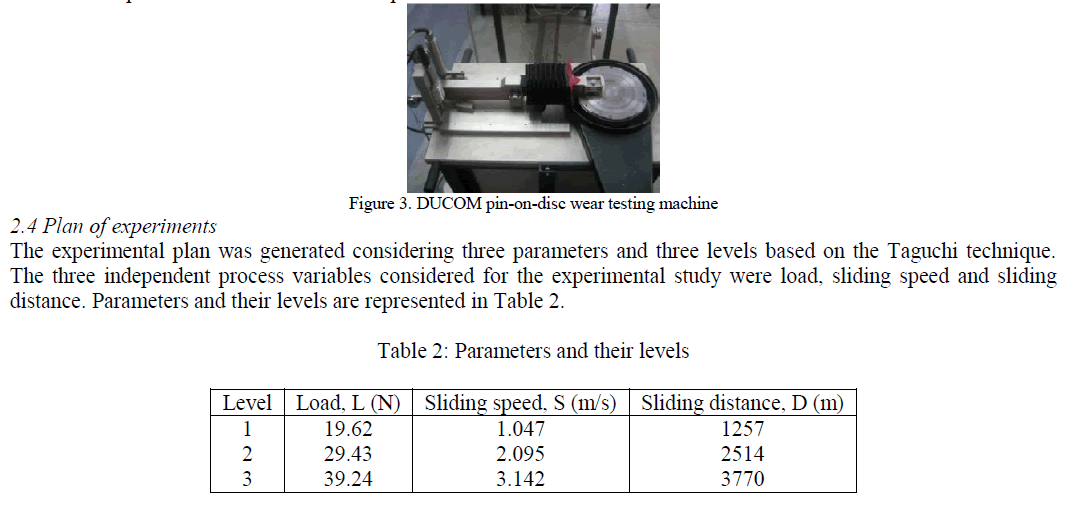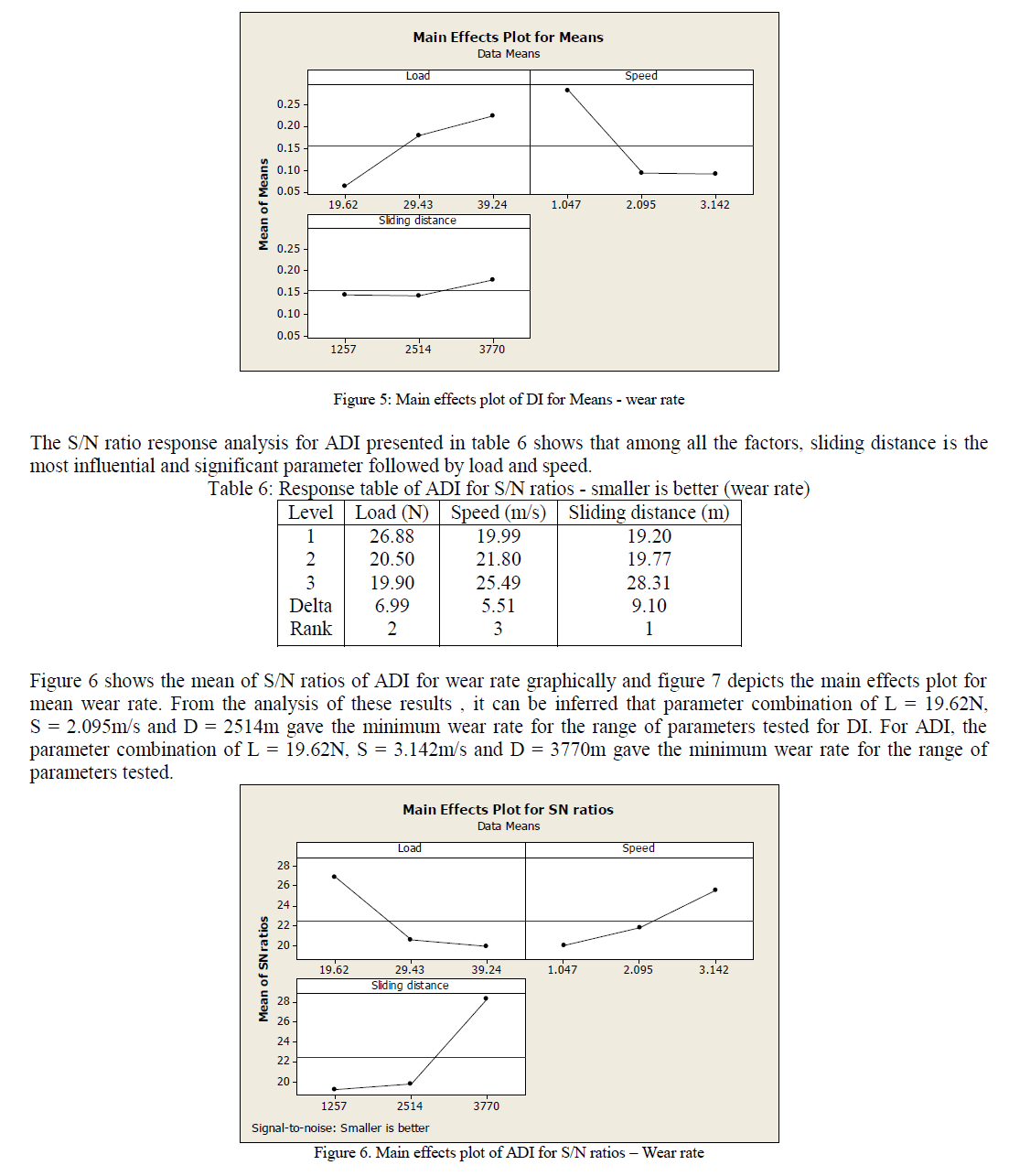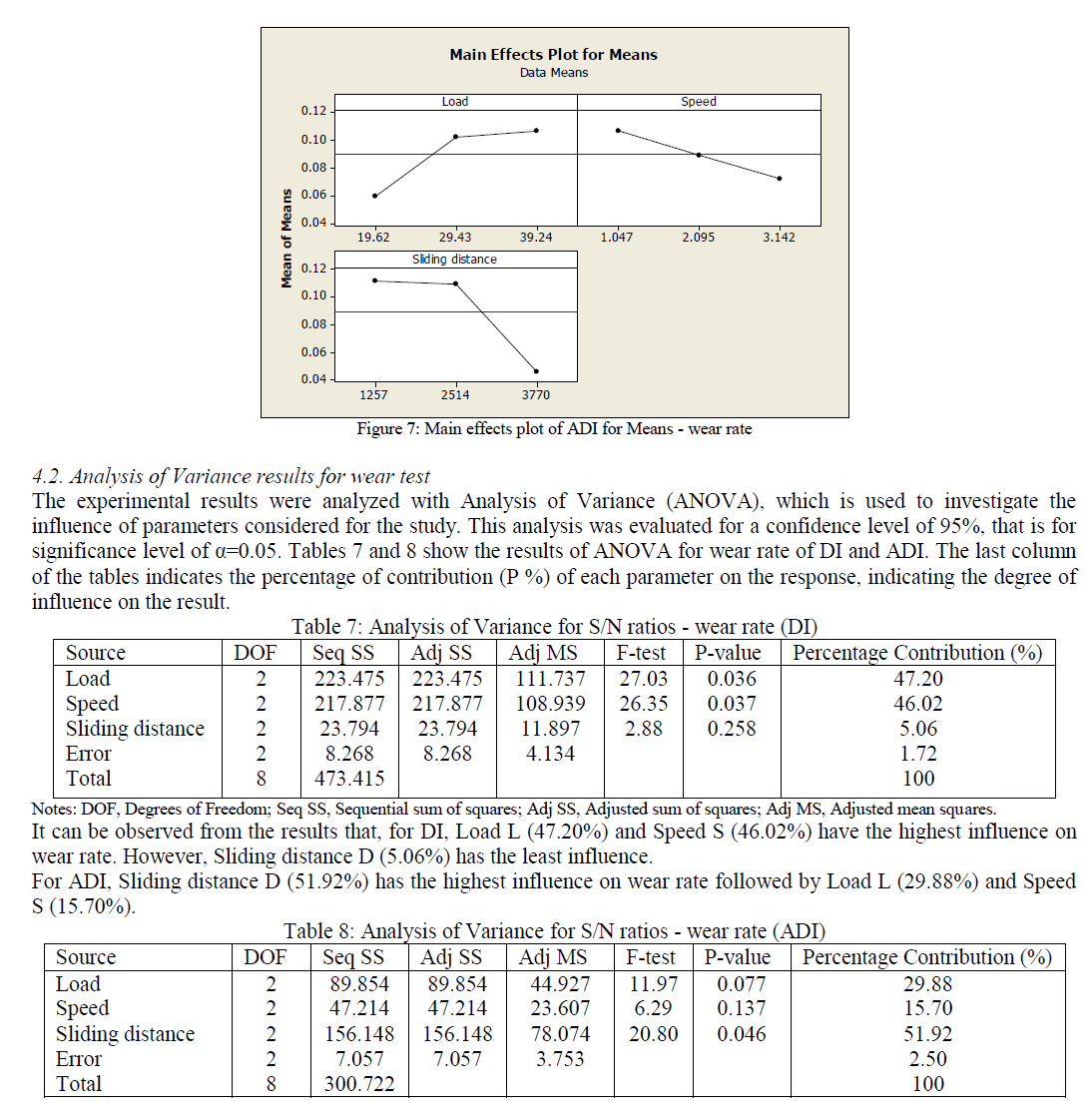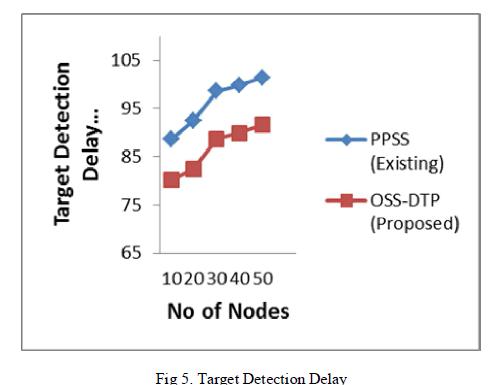ISSN ONLINE(2319-8753)PRINT(2347-6710)
ISSN ONLINE(2319-8753)PRINT(2347-6710)
K.Ramesh1, Dr. K.Somasundaram2, E.Jothimani3
|
| Related article at Pubmed, Scholar Google |
Visit for more related articles at International Journal of Innovative Research in Science, Engineering and Technology
Wireless Sensor Networks (WSNs) are increasingly being envisioned for collecting data, such as physical or environmental properties, from a geographical region of interest. WSNs are composed of a large number of low-cost sensor nodes, which are powered by portable power sources. The existing system presented Probability-based Prediction and Sleep Scheduling protocol (PPSS) to improve energy efficiency of proactive wake up. It does not provide optimality constraints and abrupt direction changes. The proposed system presented Optimal Sleep Schedule and Directional Target Prediction scheme (OSS-DTP) to improve tracking performance of sensor network in abrupt directional changing targets. It supports multiple target tracking sensor networks. It achieves better energy efficiency in handling multiple targets. To manage tracking subareas it reduces number of proactively awakened nodes. Simulations were conducted on different sensor nodes to measure the performance in terms of Target speed, energy saving ratio and target detection delay.
Keywords |
| Wireless sensor network, optimal sleep schedule, Directional target Prediction, Energy Efficiency. |
INTRODUCTION |
| A Wireless Sensor Network (WSN) consists of spatially distributed autonomous sensors to monitor physical or environmental conditions, such as temperature, sound, pressure, etc. and to cooperatively pass their data through the network to a main location. The more modern networks are bi-directional, also enabling control of sensor activity. The development of wireless sensor networks was motivated by military applications such as battlefield surveillance; today such networks are used in many industrial and consumer applications, such as industrial process monitoring and control, machine health monitoring, and so on. |
| The WSN is built of "nodes" – from a few to several hundreds or even thousands, where each node is connected to one (or sometimes several) sensors. Each such sensor network node has typically several parts: a radio transceiver with an internal antenna or connection to an external antenna, a microcontroller, an electronic circuit for interfacing with the sensors and an energy source, usually a battery or an embedded form of energy harvesting. The cost of sensor nodes is similarly variable, ranging from a few to hundreds of dollars, depending on the complexity of the individual sensor nodes. Size and cost constraints on sensor nodes result in corresponding constraints on resources such as energy, memory, computational speed and communications bandwidth. The topology of the WSNs can vary from a simple star network to an advanced multi-hop wireless mesh network. The propagation technique between the hops of the network can be routing or flooding. |
| The base stations are one or more components of the WSN with much more computational, energy and communication resources. They act as a gateway between sensor nodes and the end user as they typically forward data from the WSN on to a server. Other special components in routing based networks are routers, designed to compute, calculate and distribute the routing tables. |
| An asynchronous clock based sleep scheduling protocol where sleep schedules are determined based on node densities and traffic load requirements. These adaptive protocols balance the trade-off between energy consumption and connectivity to improve performance considering dynamic node mobility characteristics. |
| An ad hoc network is the cooperative engagement of a collection of mobile nodes without the required intervention of any centralized access point or existing infrastructure. Ad hoc On Demand Distance Vector Routing (AODV) a novel algorithm for the operation of such ad hoc networks. Dynamic Source Routing (DSR) is a routing protocol for wireless mesh networks. It is similar to AODV in that it forms a route on-demand when a transmitting computer requests one. However, it uses source routing instead of relying on the routing table at each intermediate device. |
II. RELATED WORK |
| In [1], the author describes Intrusion detection is a surveillance problem of practical import that is well suited to wireless sensor networks. In this paper, we study the application of sensor networks to the intrusion detection problem and the related problems of classifying and tracking targets. The approach is based on a dense, distributed, wireless network of multi-modal resourcepoor sensors combined into loosely coherent sensor arrays that perform in situ detection, estimation, compression, and exploration. Based on the performance requirements of the scenario and the sensing, communication, energy, and computation ability of the sensor network, we explore the design space of sensors, signal processing algorithms, communications, networking, and middleware services. We introduce the influence field, which can be estimated from a network of binary sensors, as the basis for a novel classifier. A contribution of our work is that we do not assume a reliable network; on the contrary, we quantitatively analyse the effects of network unreliability on application performance. |
| In [2], the author describes Wireless Sensor Networks (WSN) comprise a fast developing research area with a vast spectrum of applications. AWSN design is influenced by many factors such as transmission errors, network topology and power consumption. Consequently, developing a WSN application introduces several implementation challenges. In this paper, we describe a multi-criteria architecture in order to achieve energyaware and consistent message forwarding over a WSN. Using the proposed architecture a directed acyclic graph (DAG) is formed throughout the WSN. Such DAG is used for multi-source data aggregation to a single sink. Intermediate nodes evaluate their energy reserve and induced error and decide whether message retransmission is needed. |
| In [3], the author describes Lifetime maximization is one key element in the design of sensornetwork- based surveillance applications. We propose a protocol for node sleep scheduling that guarantees a bounded-delay sensing coverage while maximizing network lifetime. Our sleep scheduling ensures that coverage rotates such that each point in the environment is sensed within some finite interval of time, called the detection delay. The framework is optimized for rare event detection and allows favourable compromises to be achieved between event detection delay and lifetime without sacrificing(eventual) coverage for each point. We compare different sleep scheduling policies in terms of average detection delay, and show that ours is closest to the detection delay lower bound for stationary event surveillance. Weal so explain the inherent relationship between detection delay, which applies to persistent events, and detection probability, which applie sto temporary events. Finally, a connectivity maintenance protocol is proposed to minimize the delay of multi-hop delivery to a base-station. The resulting sleep schedule achieves the lowest overall target surveillance delay given constraints on energy consumption. |
| In [4], the author describes the ability to track targets is essential in many applications. Well-established military applications include missile defence and battlefield situational awareness. Civilian applications are ever-growing, ranging from traditional applications such as air traffic control and building surveillance to emerging applications like supply chain management and wildlife tracking. In all of these applications, target tracking addresses the problem of combining sensed data and target history to provide accurate and timely knowledge of the location of one or more moving objects. Current technology has enabled the development of sensor networks, distributed ad-hoc networks of hundreds or thousands of nodes, each capable of sensing, processing and communication. Much of the theory of tracking was developed for centralized processing of data from a relatively small number of radars or similar large devices endowed with plenty of power and high-bandwidth communications. Sensor networks demand a somewhat different approach, focused on scalable performance and the management of limited resources |
| In [5], the author describes a minimal contour tracking algorithm (MCTA) that reduces energy consumption for tracking mobile targets in wireless sensor networks in terms of sensing and communication energy consumption. MCTA conserves energy by letting only a minimum number of sensor nodes participate in communication and perform sensing for target tracking. MCTA uses the minimal tracking area based on the vehicular kinematics. The modelling of target’s kinematics allows for pruning out part of the tracking area that cannot be mechanically visited by the mobile target within scheduled time. So, MCTA sends the tracking area information to only the sensor nodes within minimal tracking area and wakes them up. Compared to the legacy scheme which uses circle-based tracking area, our proposed scheme uses less number of sensors for tracking in both communication and sensing without target missing. Through simulation, we show that MCTA out performs the circle-based scheme with about 60% energy saving under certain ideal situations. |
| In [6], the author describes a target directionbased sleep scheduling algorithm (TDSS) to enhance the energy efficiency for a mobile target tracking surveillance sensor network. TDSS combines the working node reducing efforts and the sleep scheduling, achieves the energy efficiency but suffers little performance loss. For the sleep scheduling, we consider the target's moving direction when defining the tracking subarea to imitate the actual object's motion more likely. Two target moving direction probability distributions are discussed for the sleep scheduling: normal distribution and linear distribution. We compare their performance with the legacy circle-based proactively waking up scheme (Circle) and a working node reducing algorithm MCTA. The evaluation result shows that TDSS can achieve much better energy efficiency but with little loss on the detection probability and the detection delay. |
| In [7], the author describes Medium access techniques for wireless sensor networks raise the important question of providing periodic energy-efficient radio sleep cycles while minimizing the end to end communication delays. This study aims to minimize the communication latency given that each sensor has a duty cycling requirement of being awake for only 1/ k time slots on an average. As a first step we consider the single wake-up schedule case, where each sensor can choose exactly one of the k slots to wake up. We formulate a novel graph-theoretical abstraction of this problem in the general setting of a low traffic wireless sensor network with arbitrary communication flows and prove that minimizing the end-to-end communication delays is in general NP-hard. However, we are able to derive and analyse optimal solutions for two special cases: tree topologies and ring topologies. Several heuristics for arbitrary topologies are proposed and evaluated by simulations. Our simulations suggest that distributed heuristics may perform poorly because of the global nature of the constraints involved. |
| In [8], the author describes surveillance and tracking applications, wireless sensor nodes collectively monitor the existence of intruding targets. In this paper, we derive closed form results for predicting surveillance performance attributes, represented by detection probability and average detection delay of intruding targets, based on tuneable system parameters, represented by node density and sleep duty cycle. The results apply to both stationary and mobile targets, and shed light on the fundamental connection between aspects of sensing quality and deployment choices. We demonstrate that our results are robust to realistic sensing models, which are proposed based on experimental measurements of passive infrared sensors. We also validate the correctness of our results through extensive simulations. A broad range of current sensor network applications involves surveillance. One common goal for such applications is reliable detection of targets with minimal energy consumption. Although maintaining full sensing coverage guarantees immediate response to intruding targets, sometimes it is not favourable due to its high energy consumption. |
| In [9], the author describes Target tracking systems need to meet certain real-time constraints in response to transient events, such as fast-moving targets. While the real-time performance is a major concern in these applications, it should be compatible with other important system properties such as energy consumption and accuracy. This work presents the real-time design and analysis of Vigil Net, a large-scale sensor network system which tracks, detects and classifies targets in a timely and energy efficient manner. Based on a deadline partition method and theoretical derivations to guarantee each subdeadline, we are able to make guided engineering decisions to meet the end-to-end tracking deadline. The Real-time outdoor tracking system using a large-scale wireless sensor network. Our contribution lies in the following aspects: 1) this work addresses a real-world application with a running real-time system, designed and implemented over the last few years. 2) We demonstrate how to guarantee the end-to-end tracking deadline in a complex sensor system. For a given sub-deadline partition, we identify the system configurations that meet the subdeadlines without compromising other important system properties. 3) The real-time design and trade-offs are validated by a large-scale field evaluation with 200 XSM motes and an extensive simulation with 10,000 nodes. These evaluations reveal quite a few practical design suggestions that can be applied to other real-time sensor systems. |
| In [10], the author describes that Energy consumption is a critical constraint in wireless sensor networks. Focusing on the energy efficiency problem of wireless sensor networks, this paper proposes a method of prediction-based dynamic energy management. A particle filters was introduced to predict a target state, which was adopted to awaken wireless sensor nodes so that their sleep time was prolonged. With the distributed computing capability of nodes, an optimization approach of distributed genetic algorithm and simulated annealing was proposed to minimize the energy consumption of measurement. Considering the application of target tracking, we implemented target position prediction, node sleep scheduling and optimal sensing node selection. Moreover, a routing scheme of forwarding nodes was presented to achieve extra energy conservation. |
| Experimental results of target tracking verified that energy-efficiency is enhanced by prediction-based dynamic energy management. Considering the energy efficiency of measurement in WSNs, we present a prediction-based dynamic energy management method, which takes node idle time and communication energy consumption into account. First, particle filters (PF), which can estimate non-linear and non-Gaussian dynamic processes, could be directly applied to the non-linear system model, while other traditional methods, such as extended Kalman filter (EKF), may bring serious model errors. To solve the nonlinear problem of target state prediction, PF is employed here. Then, idle time is estimated and a sleep schedule is designed for each node so that any node can become a sensing candidate on time. Moreover, we perform in advance reasonable optimization of the sensing process. |
III. ARCHITECTURE DIAGRAM OF OPTIMAL SLEEP SCHEDULE AND DIRECTIONAL TARGET PREDICTION IN WIRELESS SENSOR NETWORK |
 |
| The above architecture diagram (Fig 1.) explains that energy efficiency is enhanced by Active Time Control and Node Reduction. The optimization is provided by Optimal Sleep Scheduling and the direction prediction of the target based on selection of nodes. |
| ïÃâç The phases involved in the proposed scheme are: |
| ïÃâç Energy Conservation and Distribution Algorithm |
| ïÃâç Optimal Sleep Schedule |
| ïÃâç Directional Target Prediction scheme |
A. Energy Conservation and Distribution algorithm |
| The energy efficiency can be enhanced by modifying proactive wake-up method to sleep-schedule nodes precisely. The PPSS selects some of the neighbour nodes (i.e., candidate node)likely to detect the target to awaken on receiving an alarm message. Each candidate individually makes decision on whether or not to be an awakened node, if yes, when and how long to wake up. |
| The two approaches to reduce energy consumption during proactive wake-up process is to reduce number of awakened nodes and schedule sleep pattern to shorten the active time. The Number of awakened nodes reduced significantly because nodes that target have already passed during sleep delay do not need to be awakened. The nodes that lie on direction that target has low probability of passing by is chosen to be awakened with a low probability. |
| The concept of awaken region mechanism for computing is the scope of an awake region. In active time of chosen awakened nodes is curtailed as much as possible because they could wake up and keep active only when target is expected to traverse their sensing area. A sleep scheduling protocol schedules the sleep patterns of awakened nodes individually according to their distance and direction away from current motion state of target. |
B. Optimal sleep schedule |
| The Optimal Sleep schedule model does following process describe target movement potential moving directions with a probabilistic model. It manages tracking subareas to reduce number of proactively awakened nodes. The leverage overlapping broadcasts for multiple targets to reduce energy consumed on proactive wake-up alarm transmission schedule sleep patterns of subarea member nodes to shorten their active time. |
 |
| In Figure 2 the Scheduled sleep pattern is executed on each sensor node in the tracking subarea Xaxis represents time and Y-axis represents duty cycle. In a tracking subarea not all the awakened sensor nodes need to be active all time. By scheduling their sleep pattern save more energy than single approach of reducing number of awakened nodes. |
C. Directional target prediction scheme |
| The Directional target prediction sensor node’s communication radio range R is far longer than its sensing range. The Broadcast alarm message reaches all active neighbours within communication range. Only some of them detect target others’ energy consumed for being active is wasted. To determine node subset among all neighbours form a tracking subarea to reduce number of awakened node. |
| The subarea management mechanism creation on detecting a target, a sensor node will check if a new subarea needs to be formed. If yes, the node runs a root node election algorithm e.g. If this node is elected as root, it broadcasts an alarm message. Each neighbour who receives this alarm message will decide if it is in this subarea’s scope based on the information carried in the alarm message. |
| Finally, a new subarea, the area of the target movement, gets created which will include the root node and all the neighbour nodes who decide to be part of it. Recovery as time progresses, a subarea member’s sleep pattern will recover back to the default pattern in a stepby- step manner. Dismissal subarea will be dismissed as each subarea member’s sleep pattern individually returns to the default mode with the recovery mechanism. |
| Each receiver node decides a subarea’s scope by determining whether or not it is in subarea’s scope. When a sensor node receives an alarm message computes its distance from root node. It compares it with subarea’s radius along direction μIf D <d (μ), node knows that it is a member of the subarea. |
IV. PERFORMANCE EVALUATION |
| In this section we evaluate performance of optimal sleep schedule and directional target prediction in wireless sensor network through NS2 simulation. To confirm the analytical results, we implemented optimal sleep schedule with Directional target prediction (OSSDTP) method in the sensor networking simulator ns-2 and evaluated OSS-DTP the performance of technique. |
| The performance of is evaluated by the following metrics. |
| ïÃâç Target Speed |
| ïÃâç Energy saving ratio |
| ïÃâç Target detection delay |
 |
| Figure 3 demonstrates the Target speed. X axis represents the number of nodes whereas Y axis denotes the Target speed using both the proposed optimal sleep schedule with directional target prediction (OSS-DTP) method. When the number of nodes increased, Target speed gets increases accordingly. The rate of target speed is illustrated using the existing PPSS and proposed OSS with DTP. Figure 3 shows better performance of proposed OSS-DTP. The Optimal sleep schedule with directional target prediction (OSS-DTP) in terms of No of nodes density than existing and proposed OSS with DTP. 15 to 25% less Target rate variation when compared with |
 |
| Figure 4 demonstrates the Energy saving ratio. X axis represents the number of nodes whereas Y axis denotes Energy saving ratio the using both the PPSS and our proposed OSS with DTP. When the number of nodes increased, Energy saving ratio also gets decreases accordingly. The Energy saving ratio is illustrated using the existing PPSS and our proposed OSS-DTP. Figure 4 shows better performance of Proposed Optimal sleep schedule with directional target prediction in terms of nodes than existing PPSS and our proposed OSS-DTP. Optimal sleep schedule with directional target prediction achieves 20 to 35% less Energy saving ratio variation when compared with existing system. |
 |
| Figure 5 demonstrates the Target detection delay. X axis represents number of nodes whereas Y axis denotes Target detection delay using both the PPSS and our proposed OSS-DTP Technique. When the number of nodes increases the Target detection delay also gets decreased. Figure 5 shows the effectiveness of Target detection delay over different number of nodes than existing PPSS and our proposed OSS-DTP. Optimal sleep schedule with directional target prediction achieves 30% to 50% more Target Detection delay when compared with existing schemes |
V. CONCLUSION |
| In this paper we performed a trade-off analysis of energy consumption vs. QoS gain in reliability, timeliness, and security for wireless sensor networks utilizing optimal sleep schedule with directional target prediction method to answer user queries. Finally, we applied our analysis results to the design of a OSS With DTP algorithm to identify and apply the best design parameter settings in Ns2. We implemented the proposed scheme, and conducted comprehensive performance analysis and evaluation, which showed its efficiency and advantages over existing schemes. |
References |
|